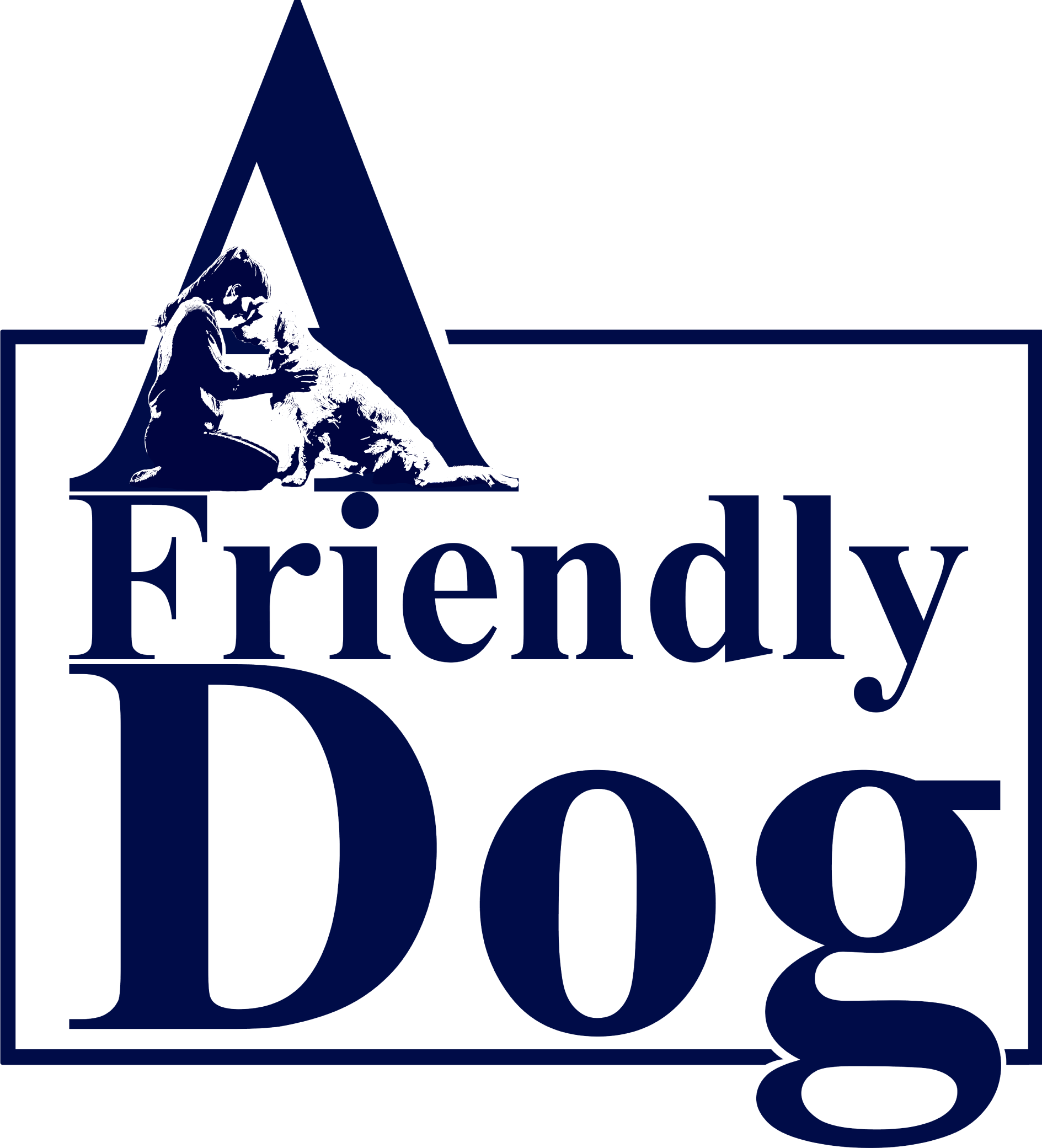What’s the Difference?
These types of foods exhibit variations in quality and appeal to dogs. Dogs tend to favor dry food when it possesses a highly palatable and crispy texture. Conversely, certain dogs have a preference for exclusively consuming canned food items. This preference can be attributed to the fact that canned food items typically contain a moisture content of approximately seventy to eighty percent, whereas dry food only contains around ten percent moisture. When dogs are particularly hungry, they find it easier and more gratifying to consume wet food swiftly.
However, when considering the nutritional aspect, dry food contains nearly ninety percent of the essential nutrients required by dogs, whereas canned food items often lack a significant portion of these nutrients. In many cases, canned food products are primarily composed of soy-based substances cleverly designed to resemble meat pieces.
Certain dry food items are derived from corn. Occasionally, canned food items containing beef or chicken, along with mineral and vitamin supplements suitable for maintaining a dog’s health, are available. For larger dogs weighing over thirty pounds, it is advisable to primarily feed them semi-moist or dry food items. This is necessary to fulfill the stomach’s food receptors, as larger dogs require a substantial amount of moist or canned food to meet their dietary needs. However, it may not always be feasible to provide these larger dogs with such options, so alternative choices should be explored. Conversely, small-sized dogs can obtain a satisfactory level of nutrients even if they are solely fed moist food items. Nevertheless, it is important not to overlook the caloric density of dry food. Enriched dry food items are more preferable compared to non-enriched ones.

